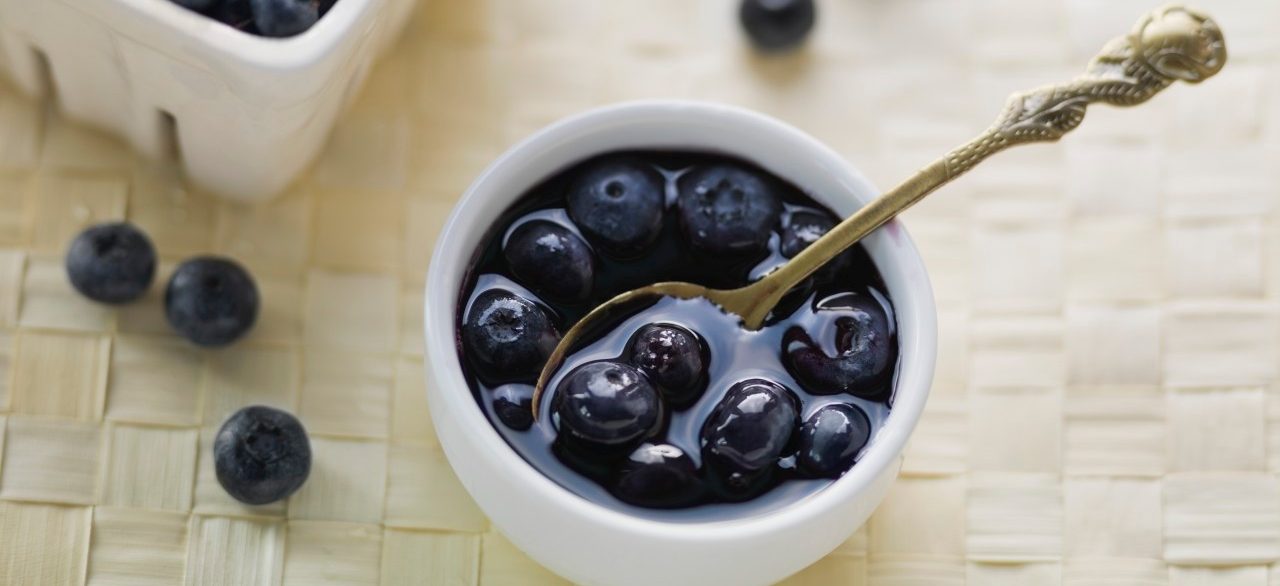Top 10 Cancer-Fighting Foods – Maybe

“Powerhouse” foods may help, but the jury’s still out. Here's what you should know about antioxidant foods, possible cancer-fighting foods, and whether there really is an anti-cancer diet.
Ever since researchers began to compile evidence on the cancer-fighting potential of certain foods – fruits and vegetables – molecules in them called antioxidants have been highly promoted, and not always by scientists.
It’s become a cottage industry. Look at what it’s done for the profile of pomegranates. Once an obscure fruit that came around as a specialty item during the holidays, then disappeared, pomegranates are now marketed like pharmaceuticals and available almost year-round.
They are often on the many top-10 lists of foods that have grown around the antioxidant movement. But before you start downing pomegranates by the truckload, know this: it’s not that simple. For all the hype, the cancer-fighting effect of antioxidant foods remains largely theoretical.
That said, here is a list of 10 foods very high in antioxidants, as a reference point, not a cure-all "anti-cancer diet." This one, from Leigh Tracy, a dietitian at the Center for Endocrinology at Mercy Medical Center in Baltimore, includes:
- Prunes
- Raisins
- Berries
- Red grapes
- Kale
- Spinach
- Brussels Sprouts
- Broccoli
- Red peppers
- Onions
Think about color as an easy way to add nutrients, and a variety of antioxidant foods, to your plate, Tracy says. “The more colors in your meal, the more cancer-fighting antioxidants for your body. At the end of the day, remember to eat with color,” she adds.
“These substances (antioxidants) can be found in a variety of foods, such as fruits, vegetables, grains, and legumes. It’s important to have a balanced diet to include different types of [antioxidants] to promote health. Limit red meat to 18 ounces a week. And maintain a healthy body weight, as excess weight increases the risk of cancer.”
According to a plethora of recommendations compiled by reputable sources, the list could also include dark chocolate, red wine, other cruciferous and dark green vegetables (such as cabbage, kale, collards and Swiss chard), green tea, ginger, and tumeric.
Vitamin D, while technically not a food, seems to get in the way of cancer growth. Studies have shown it reduces the risk of colon and breast cancer. One study, however, showed an increased risk of pancreatic cancer associated with high-dose vitamin D supplements. In food, it’s found most abundantly in dairy and fish; you'd probably do best getting a little sun with a well-balanced diet than taking supplements.
Now that you have a list to work from, educate yourself on what the current evidence on antioxidants really means. Yes, there is ample evidence that foods high in antioxidants can help prevent the formation of highly reactive free radicals, molecules that can start a chain reaction to damage DNA and cellular membranes in your body.
Antioxidants intercept free radicals and stop the chain reaction they cause before any cellular damage occurs.
So, it stands to reason that if you eat foods high in antioxidants, and there are many to choose from, you will be amplifying your body’s natural defense mechanism against the damage that free radicals can cause.
Population-based studies have reported lower cancer rates in people who regularly eat fruits and vegetables, which in turn has led to the theory that the reason is the antioxidants.
Antioxidants also, theoretically, have a role in slowing the aging process and preventing heart disease and stroke.
Further, part of the anti-cancer equation is exercise, meaning that no matter how many foods you eat that are high in antioxidants, without regular exercise you’re like a car running without a wheel; you won’t get very far. The point is that there are no guarantees you won’t develop cancer.
Still, eating foods high in antioxidants amounts to a healthier diet and, until research becomes more definitive, you can’t go wrong by following the old adage that an ounce of (potential) prevention is worth a pound of cure, or no cure at all in the case of cancer.
You also need to know that many known causes of cancer are environmental – which includes tobacco use, tanning beds and excessive sun exposure, and hazards such as industrial chemicals and solvents. Those causes aren’t a matter of upping your antioxidant intake. They are factors in cancer development to avoid.
For more perspective, check out a study published in the journal Preventing Chronic Disease that focuses on a “nutrient density” approach to defining what it calls “powerhouse” fruits and vegetables.
This approach, says the American Institute for Cancer Research, has merit because the study looked at 47 fruits and vegetables and ranked them as “powerhouse” foods based on the highest level of nutrients per bite.
Its results may surprise you. Watercress, for instance, topped the study’s list, while blueberries didn’t even make it.
Updated:
February 19, 2020
Reviewed By:
Christopher Nystuen, MD, MBA